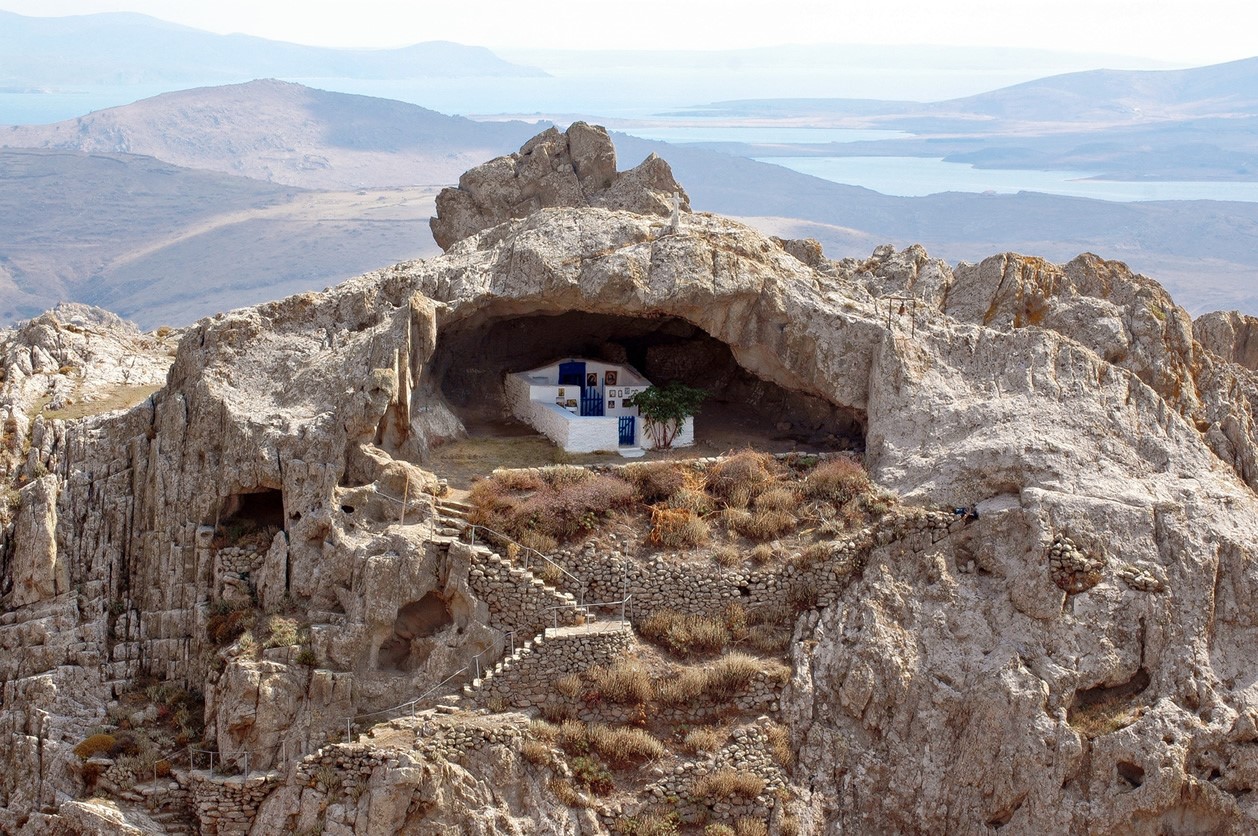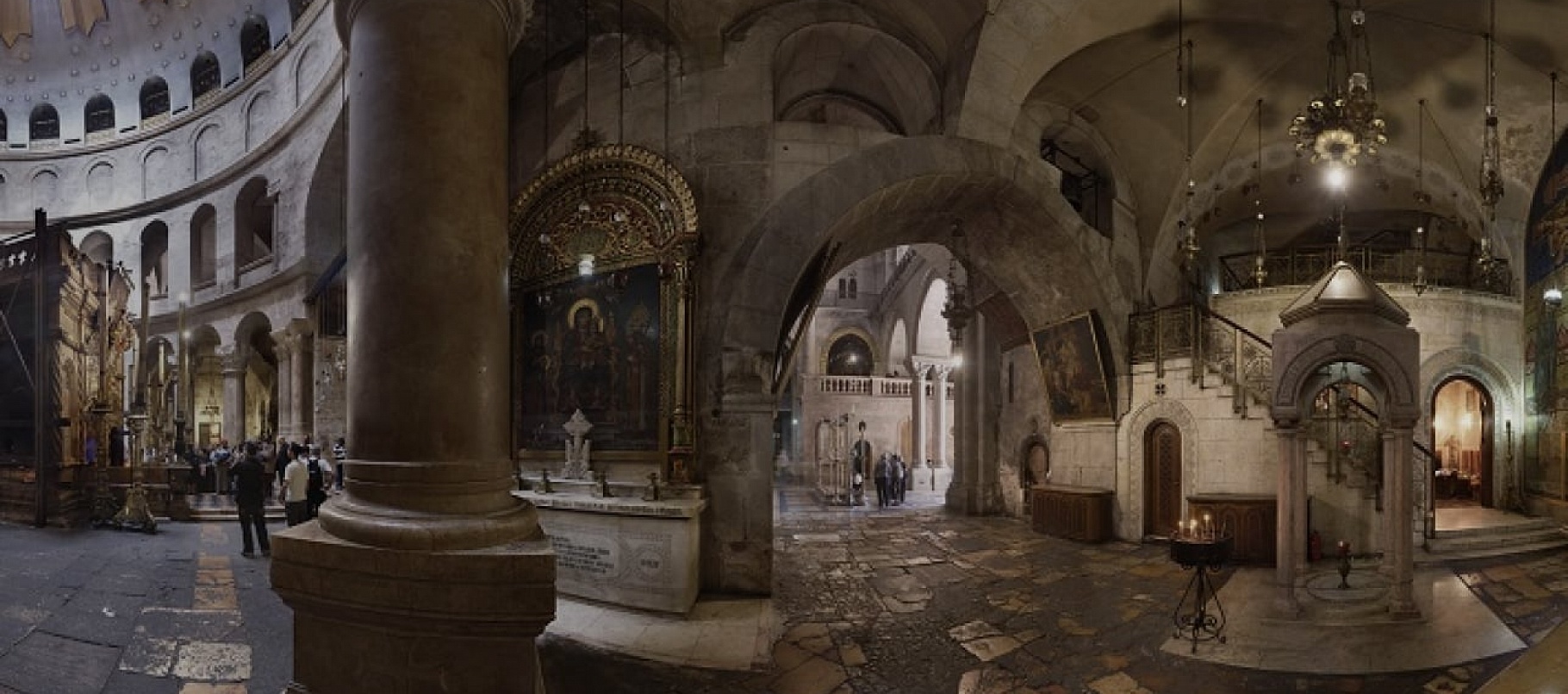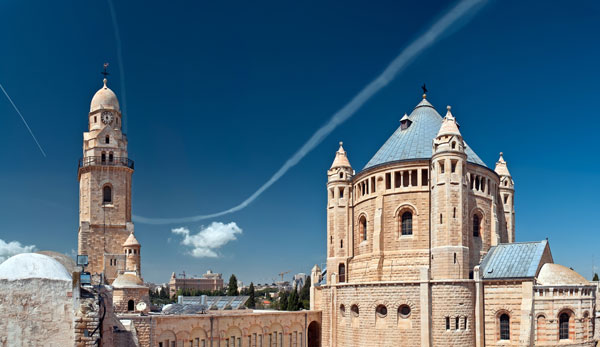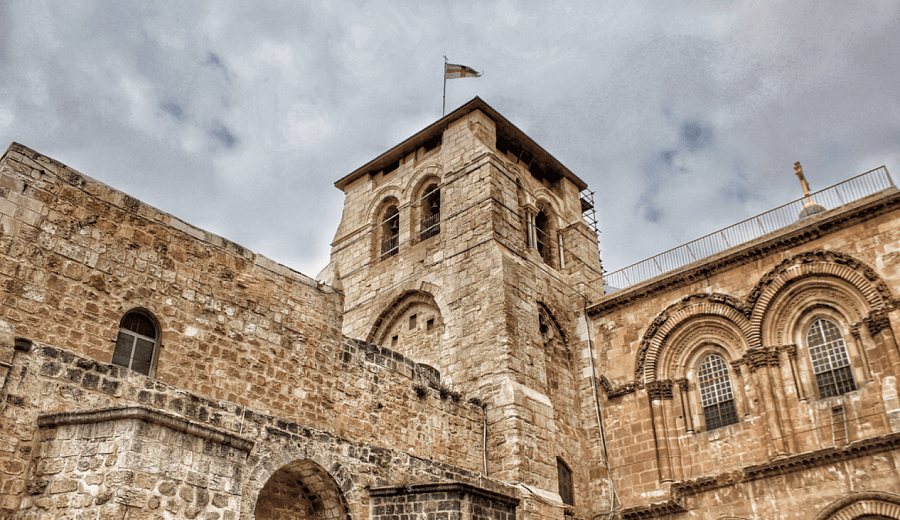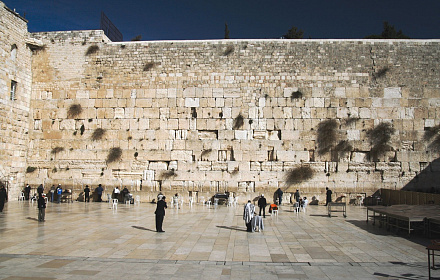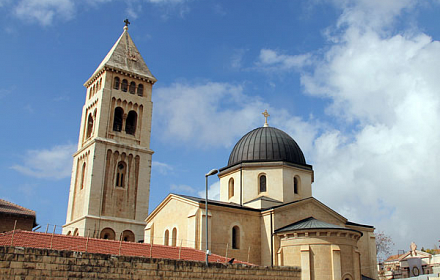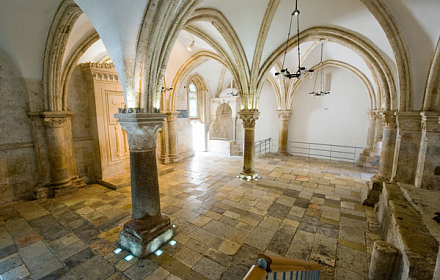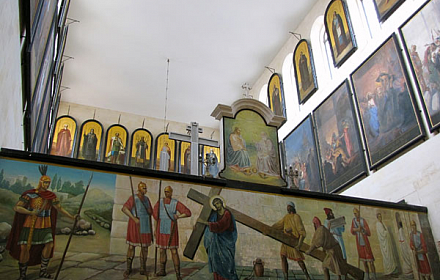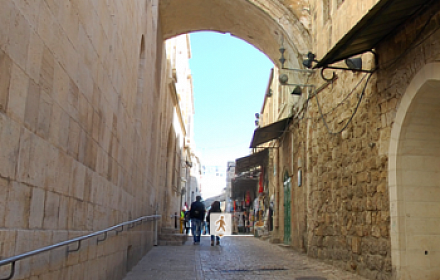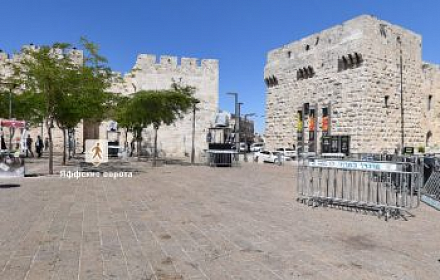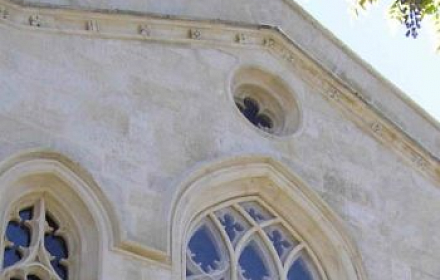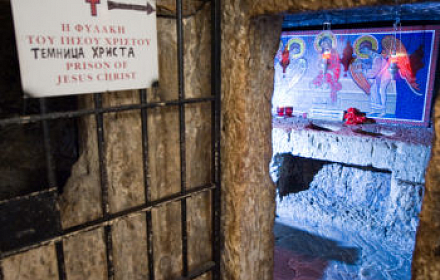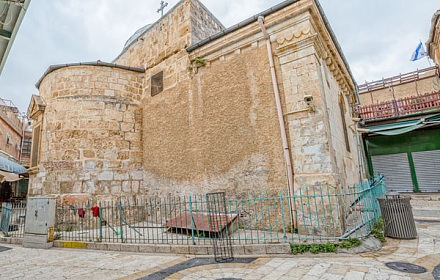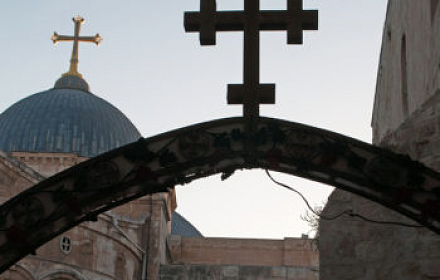Panagia Kakaviotissa: a roofless church on the island of Lemnos
About object
In the northern part of the Aegean Sea, on the Greek island of Lemnos, there is a mountain called Kakavos. Not so remarkable by the standards of Greece for its height, it is famous for others. At its top, under a natural rock canopy, is the unique Panagia Kakaviotissa church, built by Greek monks who fled from the Turks. White walls, blue doors - and no man-made roof over your head.
The miniature church of Panagia Kakaviotissa is located eight kilometers from the main city on the island of Lemnos - the port of Myrina. The medieval church, roofed by a rock mass overhanging it, is sometimes called the hidden gem of Greece - and this is true, because it is located away from the popular tourist routes of this country. Indeed, getting here is not so easy: after twenty minutes of walking along the mountain path, you will still need to climb up a rather steep stone staircase. On the other hand, pilgrims arriving here from the top of Mount Kakavos have an amazing view of the Gulf of Mudra and the mesmerizing landscapes of the island of Lemnos.
The church of Panagia Kakaviotissa, remote from the bustle of the world, at the very beginning of the fourteenth century served as a refuge for monastic ascetics seeking solitude. In 1305, the church was assigned to the monastery of the Great Lavra. Monks from the holy monastery of Agios Efstratios, who sought refuge from the Turks, settled here. Under a rock canopy, they built a more spacious temple in which a full year of worship took place.
The years passed. The monks one by one left the earthly world. According to local legend, when the last of the monks decided to leave Lemnos and go to the Holy Mount Athos, he summoned a particularly devout shepherd from among the local residents and presented him with a shrine - the icon of the Most Holy Theotokos Panagia Kakaviotissa or 'The Fadeless Flower.' The monk ordered the shepherd to bring the icon to the church every year, on the Tuesday of Bright Week. The shepherd promised to carry out the work entrusted to him while he was alive. And the monk went down to the sea, spread his vestments on the water - and in front of the local residents, like on a raft, sailed on it to the shores of Athos.
The years passed. Decades evolved into centuries. No new inhabitants appeared on the summit of Mount Kakavos. But every year, on the first Tuesday after Easter, believers gather here - both local residents and pilgrims arriving from all over the world - and in front of the venerated image of the Queen of Heaven, which is carefully preserved by the descendants of the Mumgzi family, the Divine Liturgy is celebrated. This tradition is still alive today.
